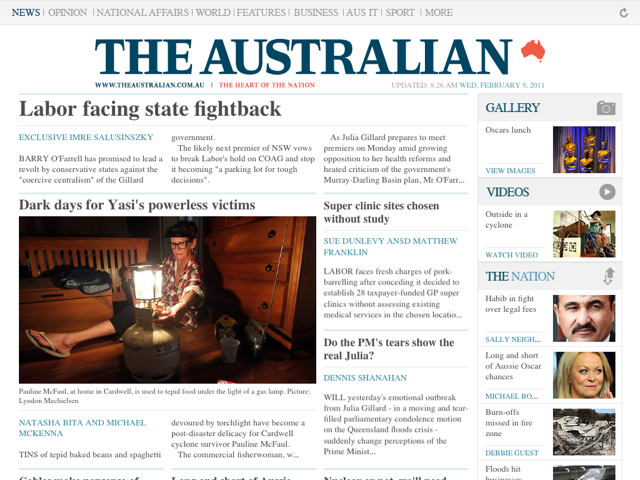We’re back to the school routine around here – and one of us is also about to start the Uni thing.
What is the best way to learn new stuff?
A research team at the Purdue University lead by Prof Jeffrey Karpicke studied this question. Their work was published in the prestigious journal Science this week.
http://www.sciencemag.org/content/early/2011/01/19/science.1199327.abstract
(A description of the study follows – you can go straight to the bottom line here)
Two hundred students were randomly assigned to one of four groups. The aim was to see who could best learn some written material – for example, details of how the digestive system worked.
One group read the material once, for five minutes.
The second group studied the material for four consecutive five minute periods – going over and over something is the traditional way of learning.
The third group, the ‘retrieval practice group’, read the material for five minutes, and then were asked to write down what they remembered in a free-form paragraph for 10 minutes. They then read the passage again, and then repeated the retrieval practice test.
The fourth group used the material to develop concept diagrams, or mind-maps, which is considered a way of demonstrating understanding of a concept, and is also considered a more progressive way of learning.
One week later, all four groups took a short-answer test that assessed their ability to recall facts and draw logical conclusions based on the facts.
The ‘retrieval practice’ group did 50% better on this test.
The Motto – Test early, test often.
The New York Times has a feature article with more details on this study.
http://www.nytimes.com/2011/01/21/science/21memory.html
Some points about memory and recall –
‘Remembering’ is a complicated process involving two main stages – laying down or storing data, and then the ‘retrieval’ of that data. In this study it appears that it is more important to practice the retrieval of information. than it is to focus on the storing of information. It is, after all, retrieval that is tested in examinations (our brains are pretty good at storing stuff – we store lots of stuff that we don’t really want to remember).
There was an article in New Scientist (I think) that suggested if you can’t immediately recall a fact (like someone’s name), don’t keep thinking and thinking until you do. You are creating a ‘pathway’ when you are retrieving a fact, and your brain will go down that same pathway when it next wants to recall the same thing. This is why there are some people’s names that you can never remember. The article suggested that you ‘give up’ quickly and look it up, rather than creating long ‘rabbit holes’ for your brain to go down again next time you try and recall it.
Interestingly, the students in the ‘retrieval practice’ group were less confident that they would do well. The testing process pointed out deficiencies in their knowledge and understanding. It is also hard work. So this ‘test early, test often’ approach is harder, and sometimes doesn’t feel as effective.
Re-reading material is falsely reassuring – we tend to think ‘Yep, I know that, I understand that’. What we are perhaps ‘remembering’ is that we have ‘read’ the information previously, rather than that we can know that information. or can retrieve it when required.
The bottom line: (attention Oliver, Alex, Lucinda, Harry and everyone else starting Year 11 or University)
In your evening study each day, try and write down from memory the key points from each lecture or class that you attended.
Then use your notes to add any information you have missed.
Try and rewrite this new improved corrected summary from memory, again.
Correct this latest version again, and keep this version for subsequent revision.
How often should you revise stuff?
I’m glad you asked – ‘Mind Burning’ is a subject for a future WILT.
Add a comment














 RSS - Posts
RSS - Posts

